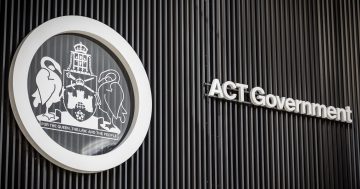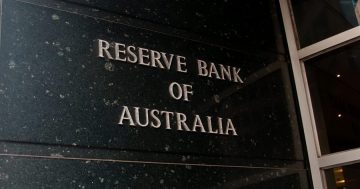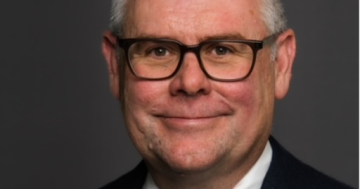 The amount that local councils can charge property owners in rates could be about the change with the Independent Pricing and Regulatory Tribunal (IPART) preparing to undertake a review of its rate peg methodology.
The amount that local councils can charge property owners in rates could be about the change with the Independent Pricing and Regulatory Tribunal (IPART) preparing to undertake a review of its rate peg methodology.
Welcoming the request to conduct the review from the Minister for Local Government, IPART said the rate peg was the maximum percentage that councils were permitted to increase their income from rates by.
“The rate peg protects ratepayers from excessive rate increases while ensuring councils receive a fair amount of income from rates which enables them to provide quality services for their communities,” IPART said.
“This review will provide an opportunity to improve the methodology we use to set the rate peg in future years,” it said.
“While we use the latest available cost indicators from the ABS, there is up to a two-year lag between the time period these changes are measured over and when councils apply the rate peg to their income.”
IPART said this meant the 2022-23 rate peg was based on the changes in costs experienced by councils between 2019-20 and 2020-21, “in the low inflation environment at the beginning of the COVID-19 pandemic”.
It said it determined a rate peg of 0.7 per cent for 2022-23 (excluding population growth), using the same method as in previous years.
“This was the first year the rate peg included a population growth factor that varies for each council depending on population growth, but that enhancement did not change IPART’s method for determining the base rate peg of 0.7 per cent.”
“We acknowledge concerns of local councils about the difficulty of planning their budgets when there is variation in the rate peg.”
It said that while variations hadn’t occurred frequently, the current approach to determining the rate peg meant that variation could occur when there was economic instability, “like we have experienced during the COVID-19 pandemic”.











